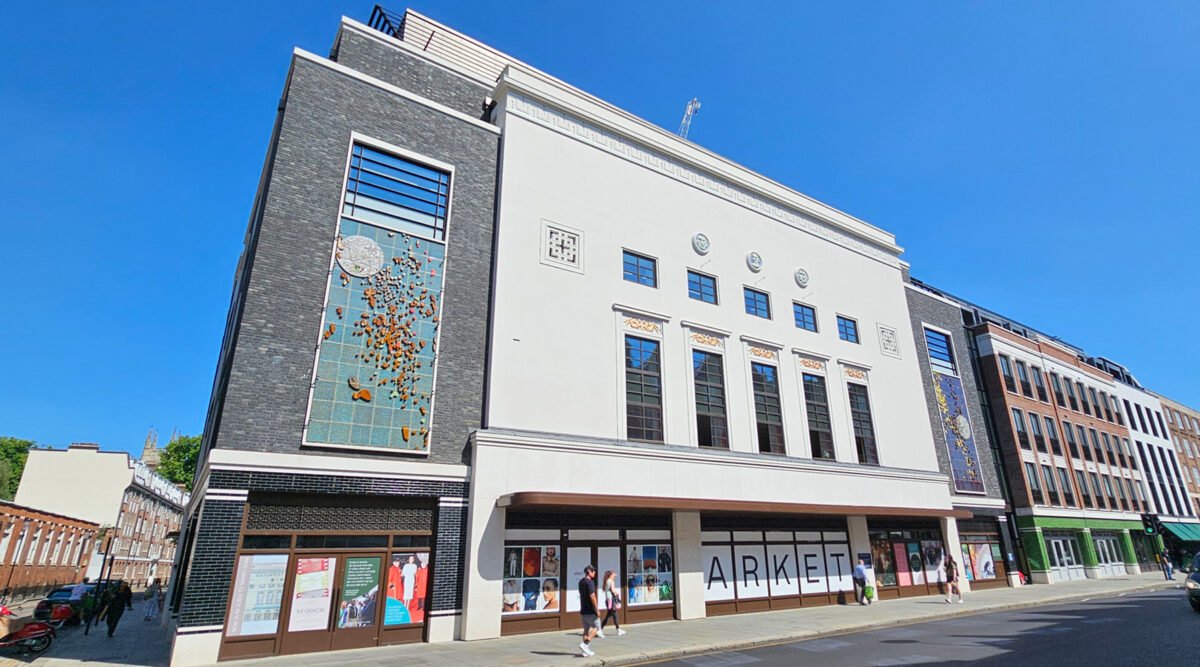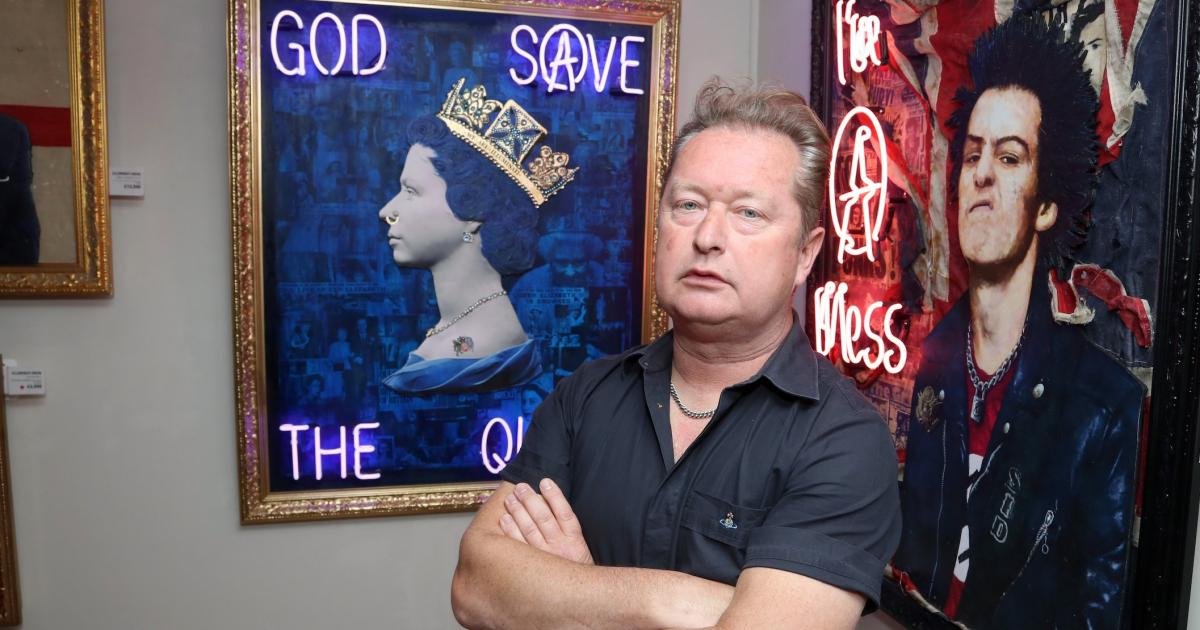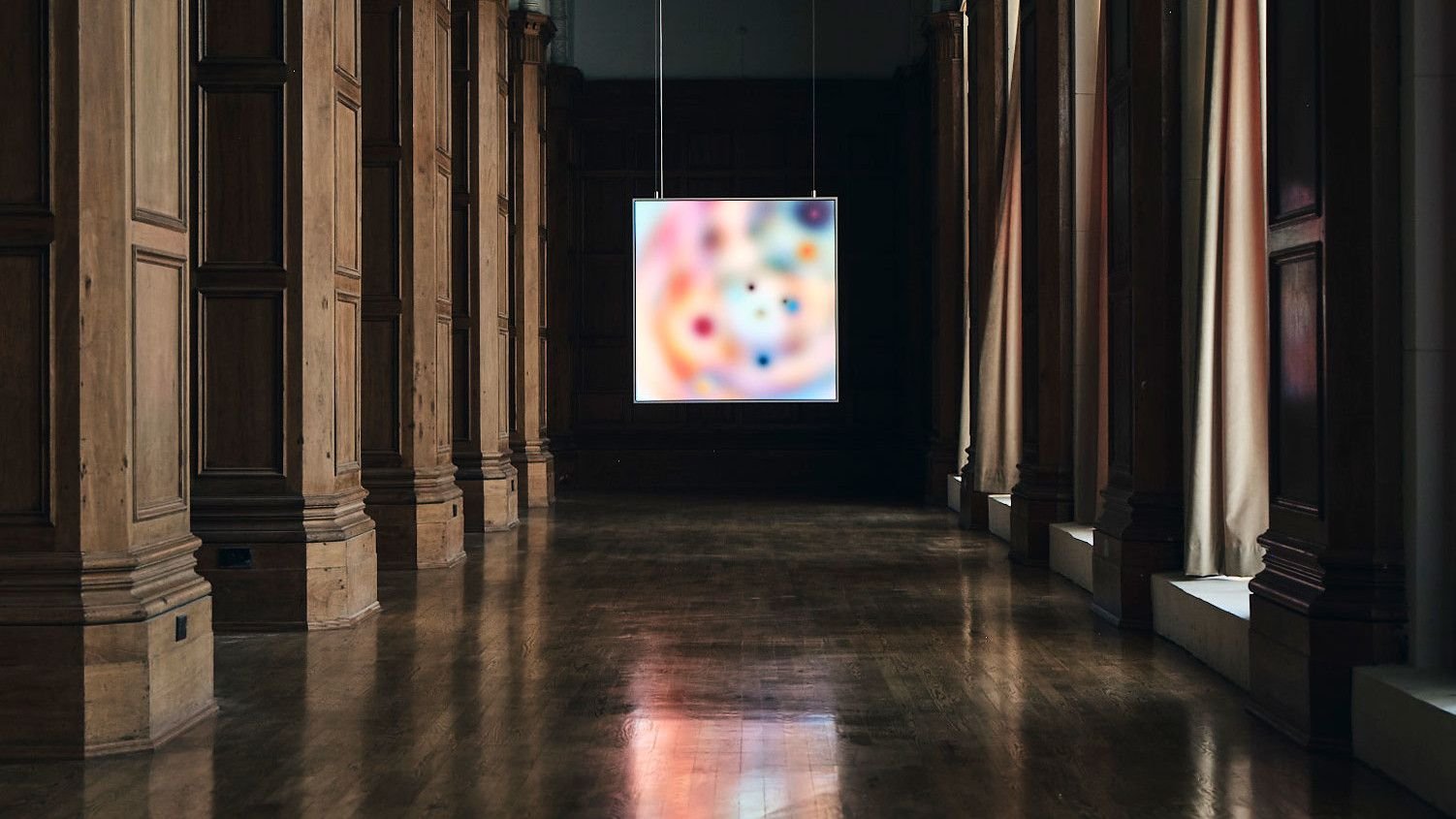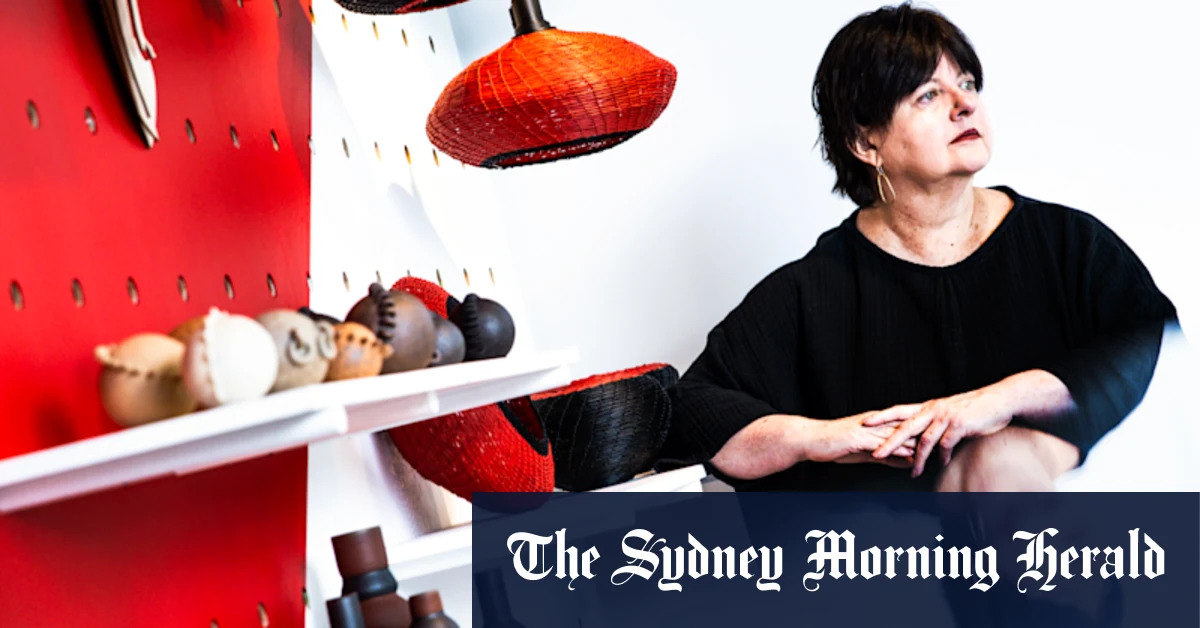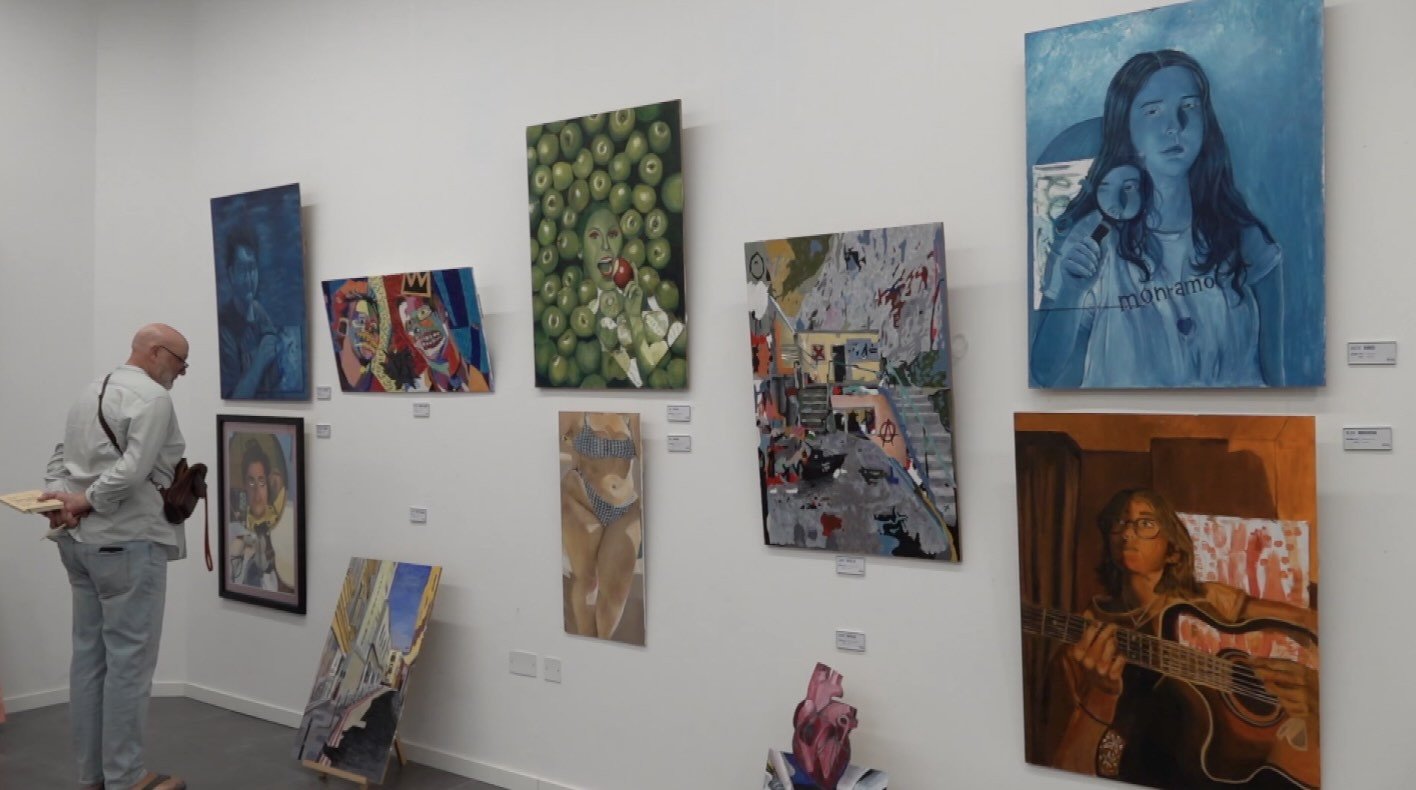An Art Deco cinema that opened on Chelsea’s King’s Road in 1934 and has recently been redeveloped as a mixed-use building has just gained two large works of public art on the front.
The cinema opened in 1934 as the Gaumont Palace, seating just over 2,500 people, and as was the norm for the time, had a theatre stage and a large organ. It was renamed the Odeon in 1963, but closed in 1972, with the last film being James Bond’s Diamonds Are Forever. Most of the building was refurbished into a branch of Habitat, along with some residential space, and a smaller 740-seat cinema opened a year later with James Bond’s Live and Let Die.
Later, it became the Chelsea Cinema, then the Curzon, and closed in 2018. The entire site was subsequently redeveloped, retaining the 1930s frontage.
Now renamed The Gaumont, the development will include a replacement 600-seat Curzon cinema as well as retail, a rooftop bar and offices. Oh, and as it’s Chelsea – there’s a Waitrose.
And, on either side of the old cinema’s frontage, where it once displayed the film times, are two large panels of modern art.
Created by the London artist Shezad Dawood, the two panels are made from hand-sculpted ceramic tiles with multicoloured glazes. We’re told that the artwork depicts a full moon passing through the night sky, paying homage to the heritage and memory of the site’s origins as the Gaumont Palace Theatre
Some of the design is also inspired by movies shown at the cinema and paintings by local artists – such as James Abbott McNeill Whistler’s painting Nocturne in Black and Gold (which depicts falling fireworks above the River Thames in Chelsea) and gothic horror novelists Bram Stoker and Mary Shelley, both of whom lived locally.
Shezad Dawood said: “I feel deeply connected to the area on various levels, from first seeing the Seven Samurai with my dad at the then Chelsea Cinema as a kid, to one of my first jobs at a bookstore on the King’s Road – then of course there is the broader cultural importance of the area, as a home to various artists, writers and filmmakers, that have all informed my research.”
The art will also be lit up at night.

